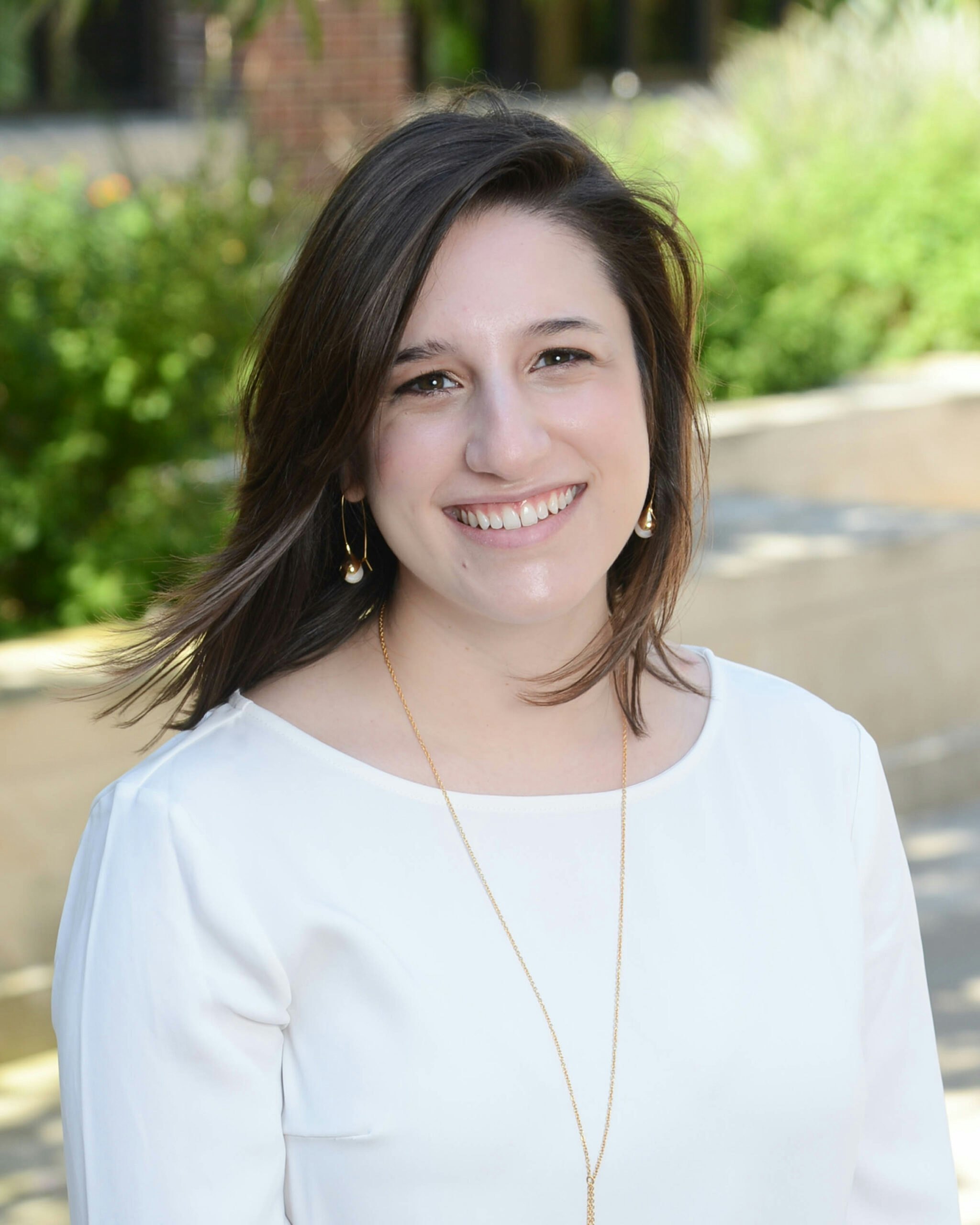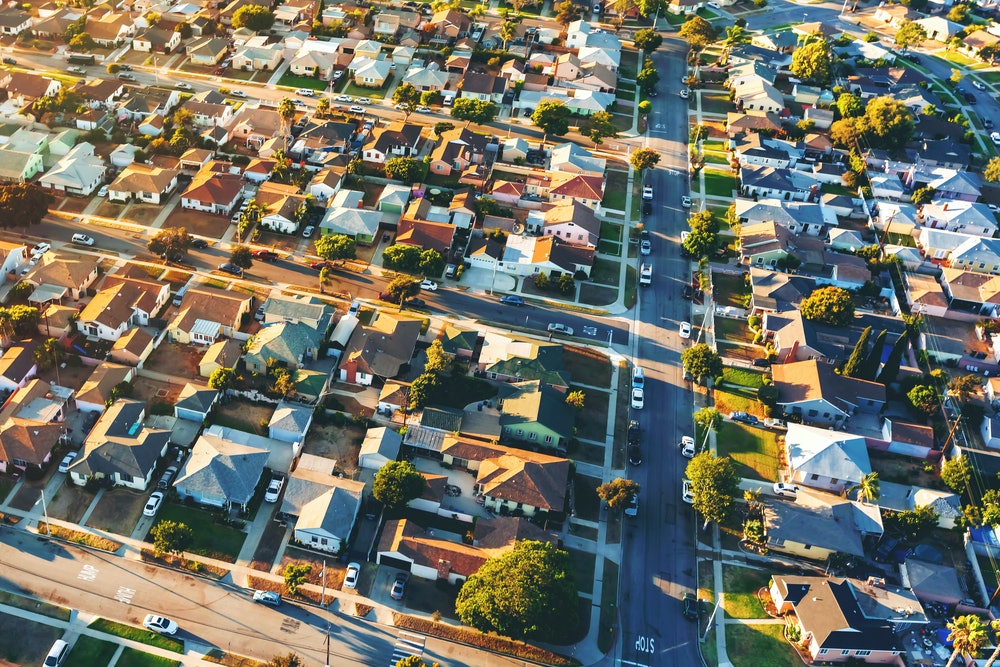The pandemic has caused many to evaluate where they live and what their lifestyle looks like. The Economist examines the migration the U.S. is currently experiencing and chats with Cullum Clark, Director of the Bush Institute SMU Economic Growth Initiative, about the cities attracting many people.
Many cities have seen a rise in crime, homelessness, and business closures. Additionally, Americans are re-evaluating what their priorities are in a home and way of life. These events have created a mass migration of people.
Cullum Clark, Director of the Bush Institute-SMU Economic Growth Initiative, chatted with The Economist about the cities attracting people and their common features. He said the importance of affordability, sense of community, and friendliness toward businesses are some of the key factors people are prioritizing.
While suburbs have been a trend for more than a half-century, Clark said COVID-19 has given them an additional boost. These areas are adding features while keeping the charm that’s always attracted people to them.
In 2020, Clark released a report examining why cities and neighborhoods so strongly influence economic mobility and how America can create more cities of opportunity.
The report identifies 61 standout metros for economic mobility, together home to 80 million Americans. Many high-opportunity metros are mid-sized and middle-income rather than large and wealthy – showing that creating a high-opportunity city doesn’t require the vast wealth of America’s top technology or finance capitals. Every city or town has unexplored avenues to promote opportunity, one neighborhood at a time.




























